Who’s the greatest living American film director? Many would say Steven Spielberg, and that can’t be dismissed, but he hasn’t made a really good film since Munich (2005). There are many younger pretenders – such as David Fincher, Paul Thomas Anderson, Quentin Tarantino – and the more esoterically inclined might make the case for anyone from Terrence Malick to Spike Lee. Yet it’s hard not to feel that the don of contemporary American cinema is Martin Scorsese, whose career over the past five-and-a-half decades has existed, sans pareil, thanks to a vast dollop of talent, a considerable degree of good fortune and, crucially, an ability to lure both A-list collaborators and deep-pocketed moneymen into financing his films.
Many of these A-list collaborators are on display in Rebecca Miller’s new five-part Apple TV documentary Mr. Scorsese, a comprehensive, if slightly safe, show that is the most laudatory single-director profile since Susan Lacy’s Spielberg (2017). Many of the same collaborators pop up here: the starry likes of Spielberg himself, Cate Blanchett, Leonardo DiCaprio, Brian De Palma and Daniel Day-Lewis (Miller’s husband) are on hand in both instances to gush as to the excellence of that director. (Scorsese, naturally, was equally warm in Spielberg.)
Yet the two filmmakers could hardly be more different. One is a Jewish-American optimist from Ohio whose primarily heartwarming pictures – even the darker ones – focus on the virtues of kindness, personal decency and the nuclear family. For Scorsese, meanwhile, a fast-talking Italian-American from New York, the idea of “the family” is largely wrapped up with loyalty to a particular code, whether it’s criminal, spiritual or social. This has resulted in some of the very finest American pictures of the last five decades, whether it’s his earlier work with Robert De Niro –Taxi Driver, Mean Streets and Raging Bull – his more recent collaborations with DiCaprio such as The Wolf of Wall Street, The Departed and Killers of the Flower Moon, or some of the most fascinating examinations of religious faith on screen, not least Silence, Kundun and The Last Temptation of Christ.
Scorsese, now 82 and in the final act of what has been a truly remarkable career, is unafraid to be filmed in an occasionally vulnerable light, looking conspicuously aged (although not frail) and puffing on an inhaler. The motormouth may still be functioning at high speed, but at 80 miles an hour, rather than the previous 120. (There are rumors of a new film, but nothing concrete.)
Miller is clearly impressed by her articulate and brilliant subject, but it would not have hurt to have had a little more rigor at times: while it is hard to think of a single Scorsese film that is bad, per se, there is a real case for examining what, for instance, possessed him to spend nearly $200 million of a studio’s money on the charming but ephemeral children’s picture Hugo, made in 3D when that format was briefly popular.
Still, the stories that are included are well worth five hours of anyone’s time. It’s commonly known that the levels of bloodshed in Taxi Driver gave the Motion Picture Association sleepless nights, but it was a revelation to discover that a distraught Scorsese wished to steal the print away from the concerned studio, possibly with the aid of a firearm, just as it’s amusing to hear Spielberg recount how his friend kept saying, “They want me to cut all the blood spurting, they want me to cut the guy who loses his hand.” Marty was, of course, right to stick to his guns.
There are many strands of the Scorsese saga that are barely touched on here but which remain intriguing. He came up in the New Hollywood era of such young, daring filmmakers as De Palma and Francis Ford Coppola, but he and Spielberg alone continue to attract vast budgets and appreciative audiences in the decidedly dumbed-down new era of cinema that we currently inhabit. This is testament both to his ability to work well with actors – 24 Oscar nominations or wins for his pictures – and his reputation for producing serious yet accessible work.
Nor is he afraid to rattle cages. His remarks on superhero movies – “they’re not cinema… [they’re] theme parks. It isn’t the cinema of human beings trying to convey emotional, psychological experiences to another human being” – outraged bean-counters and internet fanboys alike. But he had hit upon a vital truth, namely that these mass-market pictures – most of which are underperforming financially these days – are not serious intellectual nourishment but grossly ephemeral fast food for the brain.
I doubt that Mr. Scorsese, or its subject, will ever meet the same fate. Miller is sufficiently humble and savvy enough not to impose herself on the narrative that she has constructed, which is, justifiably, a celebration of the director. Earlier this year, many of us laughed at his self-deprecating cameo in The Studio. He’s one of the few working directors who’s recognizable enough for such an appearance to land. As we watch Mr. Scorsese, the question lingers at the back of our minds as to whether the series is a celebration of the director or a premature eulogy. Let’s hope it’s the former.
This article was originally published in The Spectator’s November 24, 2025 World edition.



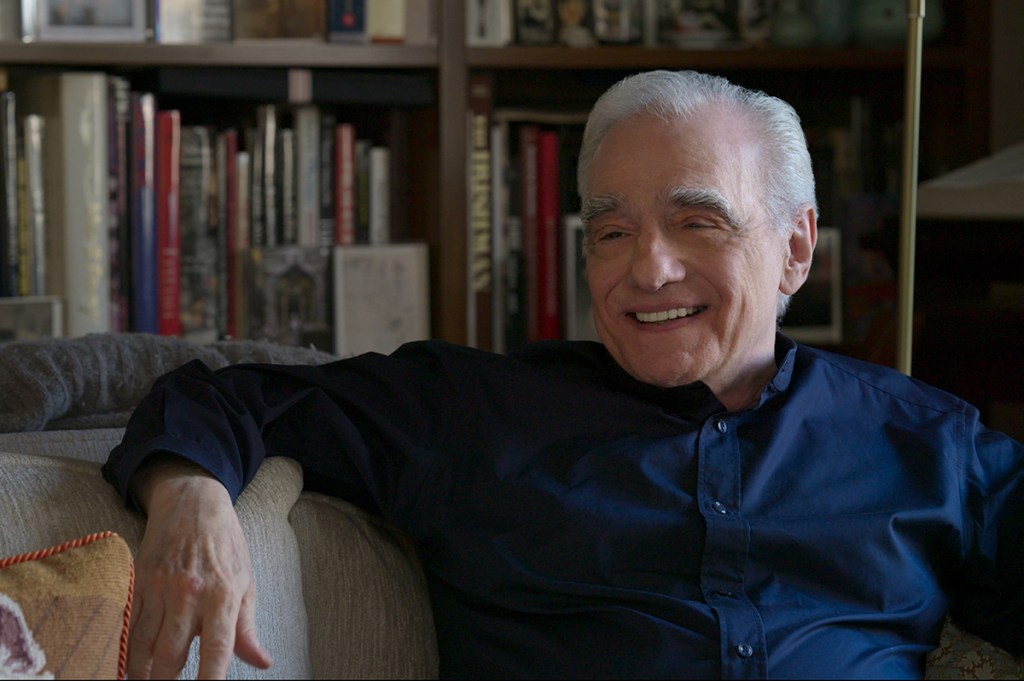







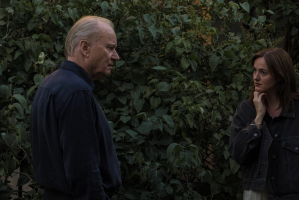

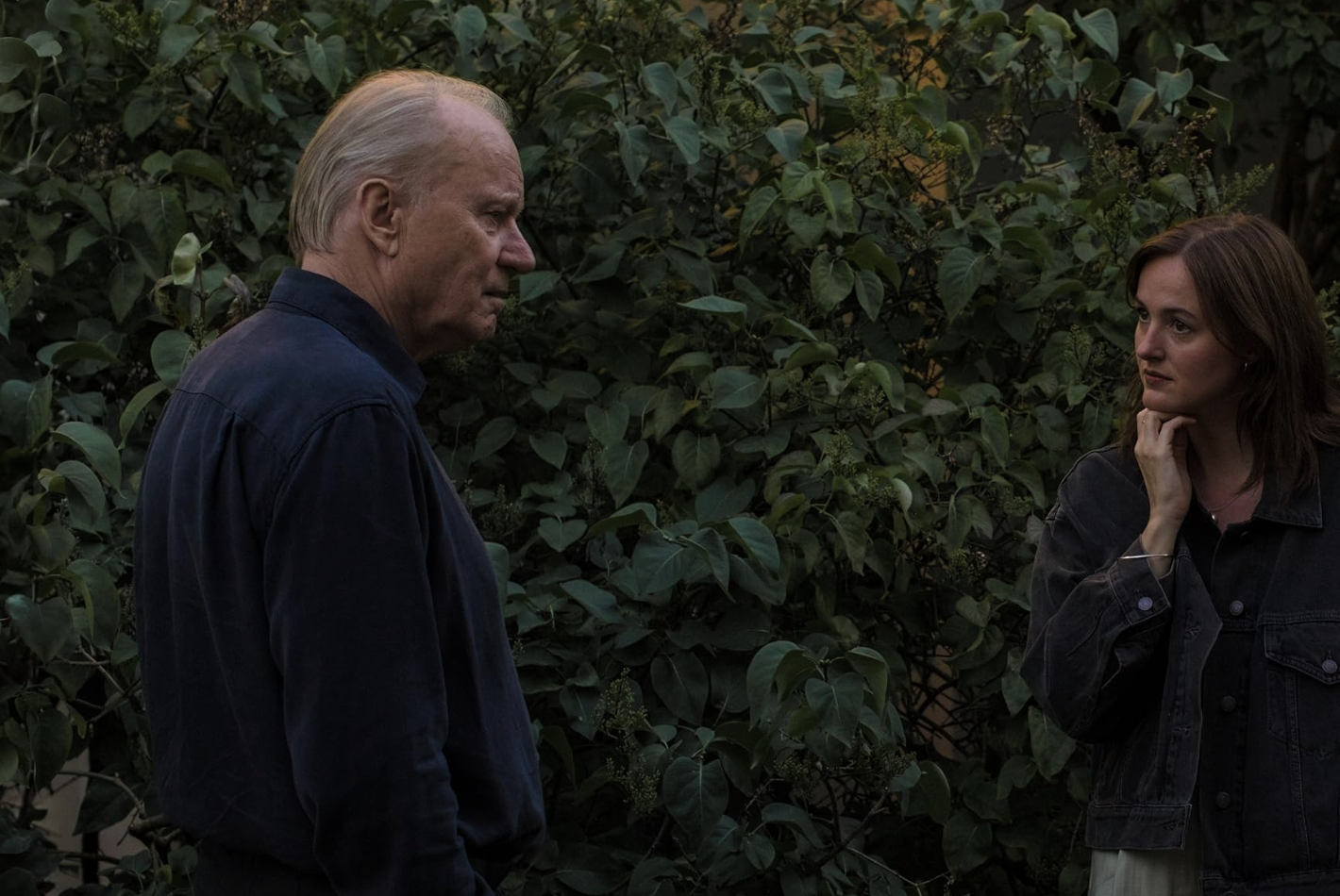
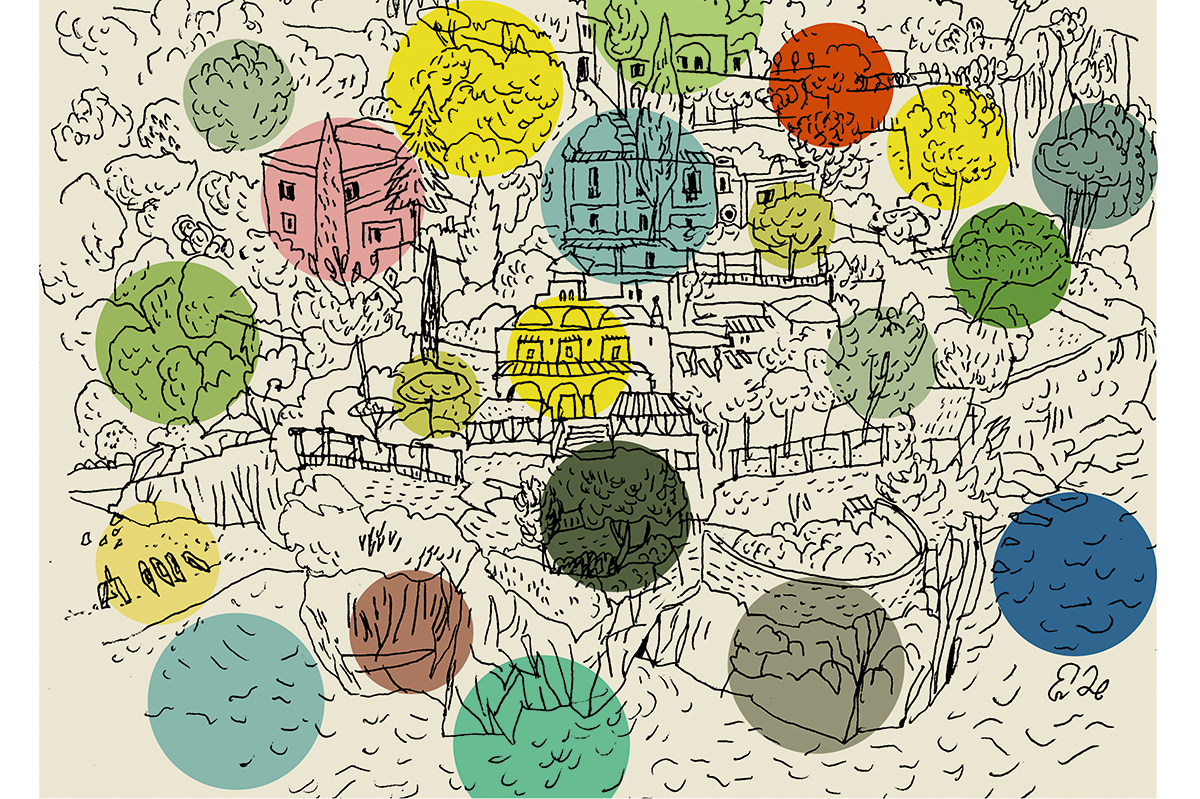
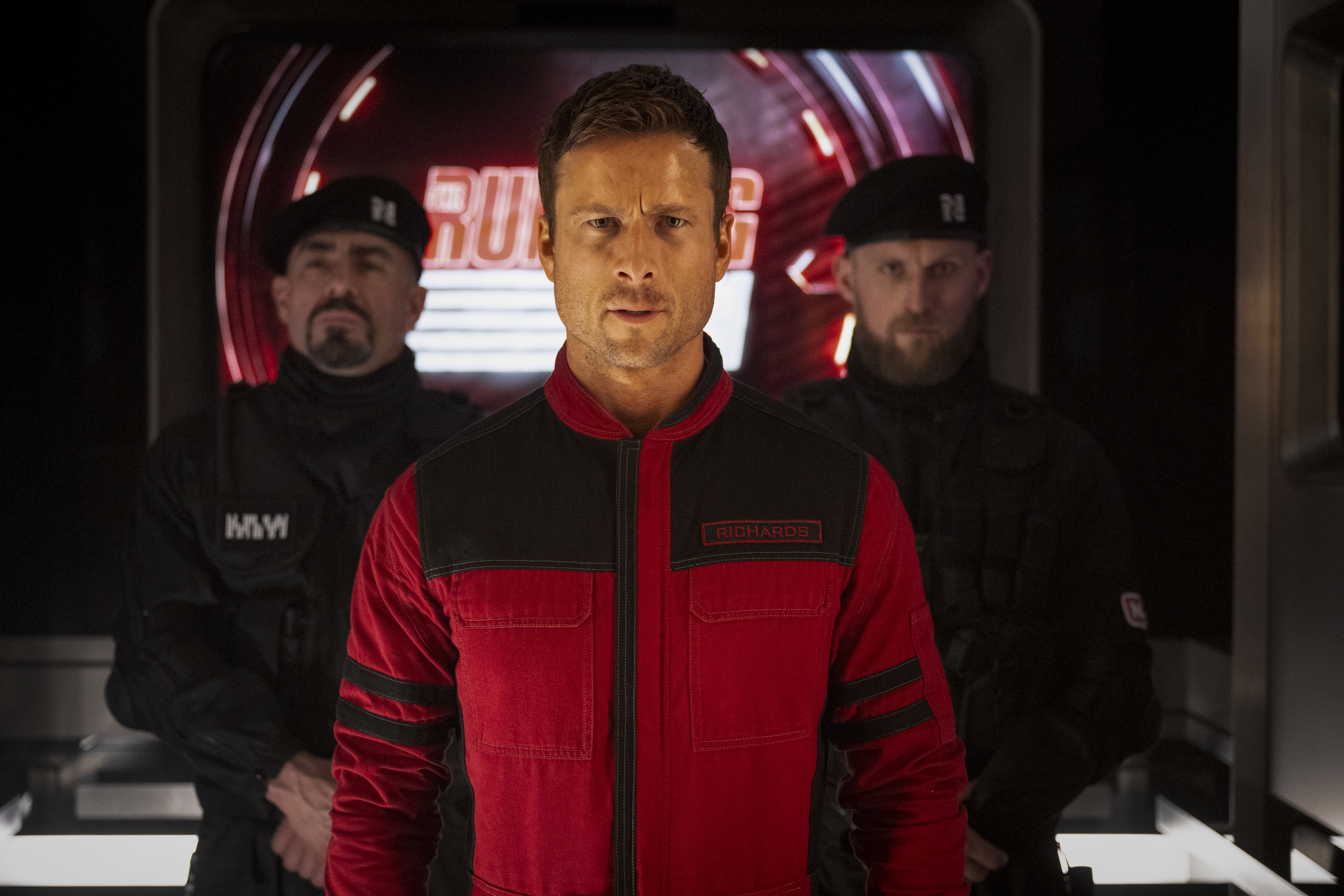
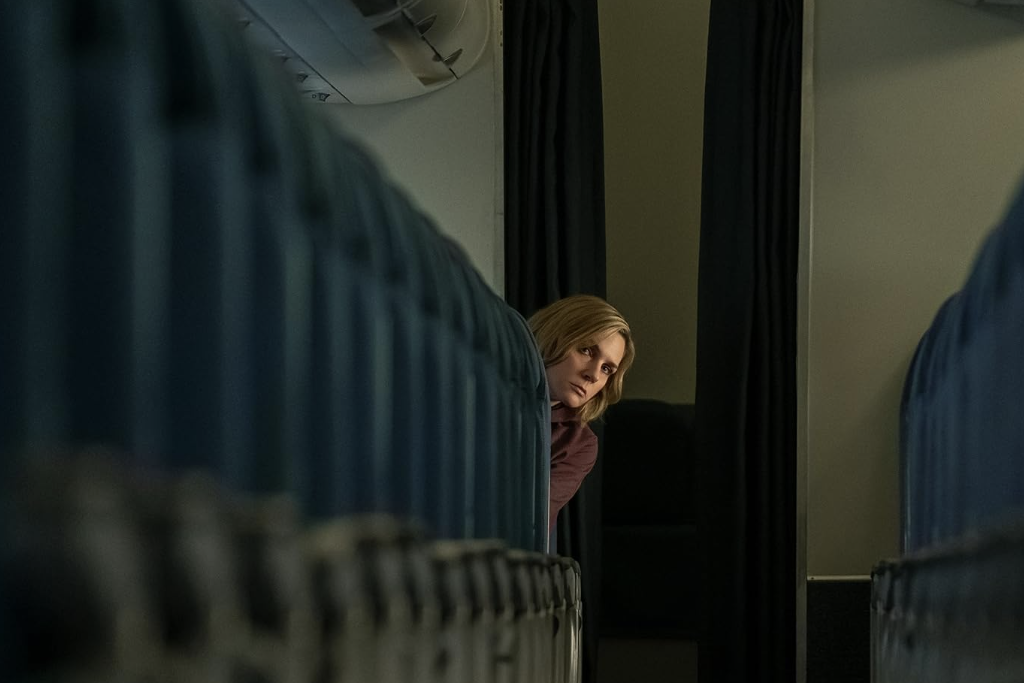

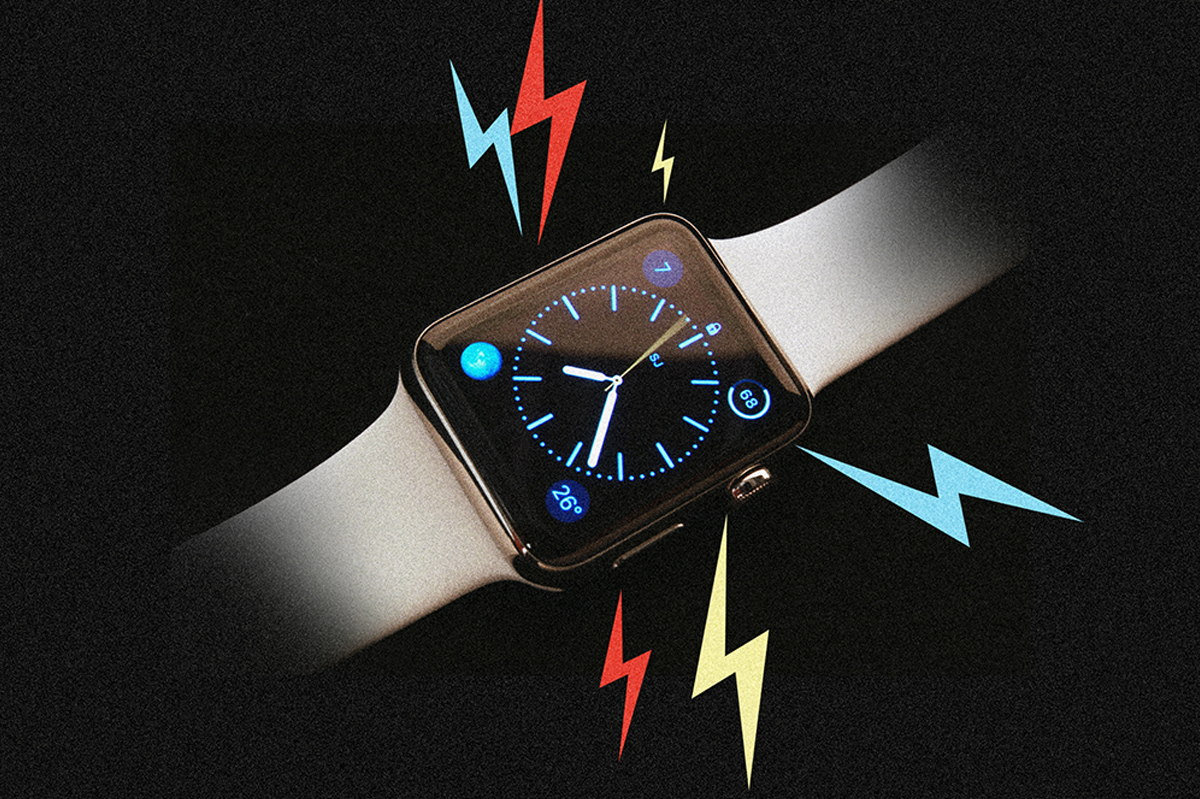







Leave a Reply